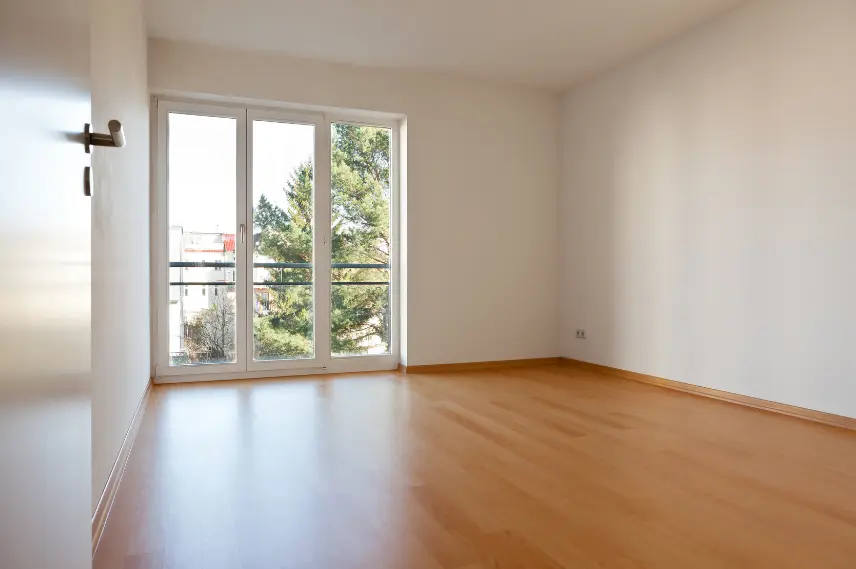Building Resilient Homes: Integrating Mold-Resistant Design and Materials

Mold infestation in homes presents a significant health hazard and structural concern. From causing respiratory issues to compromising the integrity of buildings, the impact of mold cannot be overstated. However, advancements in construction technology and materials offer promising solutions to mitigate this pervasive problem. By integrating mold-resistant design and materials, homeowners can build more resilient structures that promote both health and longevity.
Understanding the Threat of Mold:
Mold, a type of fungus, thrives in environments with moisture and organic material. It colonizes surfaces such as walls, ceilings, and floors, releasing spores into the air that can trigger allergies and respiratory problems in occupants. Moreover, prolonged exposure to mold can lead to structural damage, necessitating costly repairs.
Research Supporting Mold-Resistant Design:
A study conducted by the National Institute of Standards and Technology (NIST) examined the efficacy of mold-resistant building materials in preventing mold growth. The researchers found that materials treated with fungicides or possessing inherent resistance to mold significantly reduced mold proliferation compared to traditional materials. These findings underscore the importance of incorporating mold-resistant materials in construction to mitigate health risks and maintain building integrity.
Innovations in Mold-Resistant Materials:
In response to the growing demand for mold-resistant construction materials, manufacturers have developed innovative solutions to combat mold growth. For example, moisture-resistant drywall with enhanced gypsum core formulations inhibits mold growth even in high-humidity environments. Similarly, paints and coatings infused with antimicrobial agents provide an additional layer of protection against mold colonization on surfaces.
Design Strategies for Mold Prevention:
Beyond utilizing mold-resistant materials, architects and builders are incorporating design strategies that minimize moisture accumulation and promote ventilation. Proper building envelope design, including effective moisture barriers and adequate insulation, prevents water intrusion and dampness, thereby reducing the risk of mold formation. Additionally, incorporating ventilation systems such as mechanical exhaust fans and natural ventilation strategies ensures adequate air circulation, further inhibiting mold growth.
Case Studies Demonstrating Success:
Several real-world examples highlight the effectiveness of mold-resistant design and materials in mitigating mold-related issues. In a residential development project in a humid coastal region, builders implemented a combination of moisture-resistant materials and strategic ventilation systems. As a result, occupants reported improved indoor air quality and a reduction in mold-related health concerns.
The Economic and Health Benefits of Mold-Resistant Construction:
Investing in mold-resistant design and materials yields both short-term and long-term benefits for homeowners. While the upfront costs may be slightly higher, the savings accrued from reduced maintenance and remediation expenses outweigh the initial investment. Moreover, safeguarding occupants’ health from the adverse effects of mold exposure contributes to overall well-being and productivity.
Conclusion:
Building resilient homes that integrate mold-resistant design and materials is essential for creating healthier indoor environments and ensuring the longevity of structures. With the support of research-backed evidence and innovative solutions, architects, builders, and homeowners can collaborate to mitigate the threat of mold and foster sustainable living spaces for generations to come. By prioritizing proactive measures in construction practices, we can mitigate the health risks and financial burdens associated with mold infestation, ultimately promoting healthier and more durable homes.